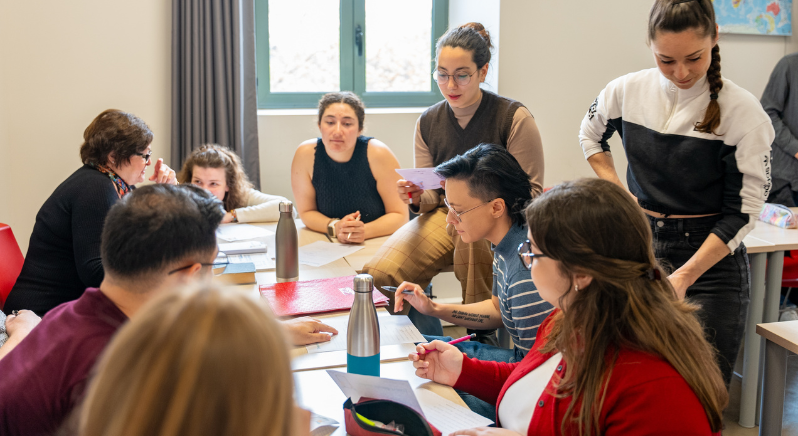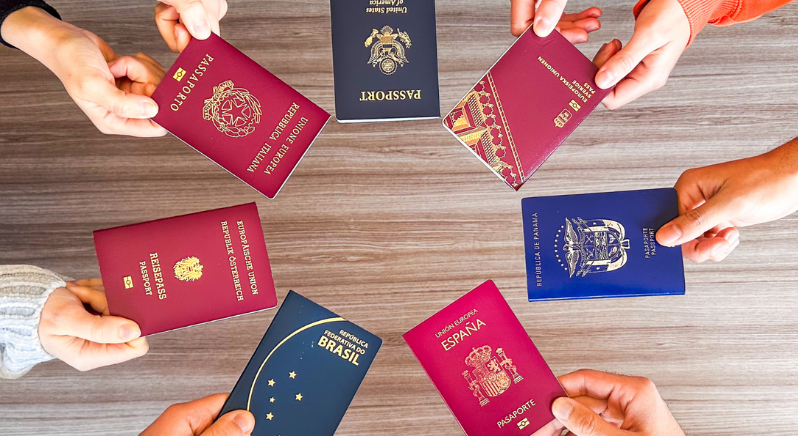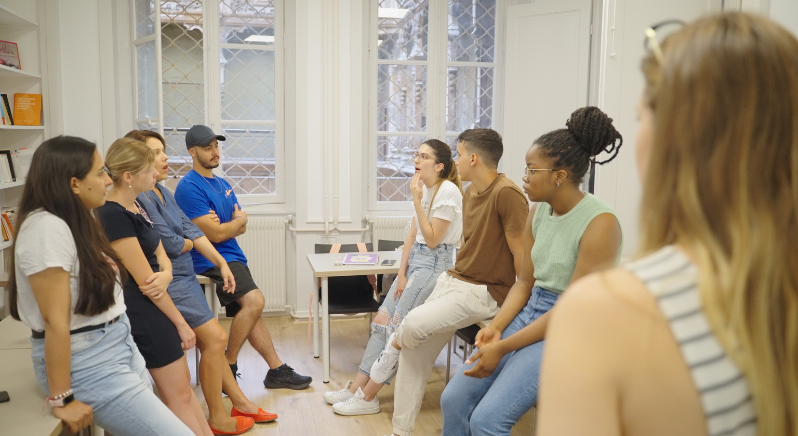As Halloween approaches, it’s the perfect time to delve into the fascinating world of French superstitions. France is also a fascinating world of traditions, superstitions and beliefs passed down through generations. While some seem quirky or illogical, they continue to influence everyday life and add a touch of mystique to this enchanting nation.
Lucky charms
French people embrace a variety of lucky charms and symbols to attract good fortune:
- Le fer à cheval (Horseshoe): Often hung above doorways for protection, the horseshoe is a symbol of good luck in many cultures.
- La coccinelle (Ladybug): This cheerful little insect is believed to bring good fortune and prosperity. In French folklore, if a ladybug lands on you, it’s a sign of good luck, and killing one is said to bring bad luck. The number of spots on the ladybug is sometimes thought to indicate the number of happy months ahead.
- La patte de lapin (Rabbit’s foot): The rabbit’s foot was traditionally carried for good luck, particularly in love and gambling. This superstition may stem from the rabbit’s association with fertility and abundance.
- Le trèfle à quatre feuilles (four-leaf clover): It holds a special place in French folklore. Finding one is considered a rare and auspicious event, bringing good luck in various aspects of life, especially love and finances.

French superstitions
French superstitions aren’t just about objects and animals; they also influence everyday actions and social customs. Here are a few everyday actions that some believe can lead to bad luck:
- Passer sous une échelle (Walking under a ladder): This superstition is common in many cultures and likely stems from the practical danger of objects falling from ladders.
- Ouvrir un parapluie à l’intérieur de la maison (Opening an umbrella inside the house): This seemingly innocuous act is considered taboo in France. The superstition is thought to originate from ancient Egypt, where umbrellas were used for protection from the sun. Opening an umbrella indoors could bring misfortune upon the household.
- Le chat noir (Black cat): Considered a harbinger of misfortune, especially if it crosses your path from left to right. This superstition likely arose from the association of black cats with witches and the occult during the Middle Ages.
- Pain à l’envers sur la table (Bread upside down on the table): Placing a baguette upside down is a major faux pas in French culture. Placing a baguette upside down is thought to invite poverty and hunger.
- Briser un miroir (Breaking a mirror): Thought to bring seven years of bad luck, this superstition has its roots in Roman times when mirrors were believed to reflect the soul. Breaking a mirror was seen as damaging the soul and inviting misfortune.

The curious case of number 13
The number 13 has a complex and contradictory role in French superstitions. While Friday the 13th is widely considered an unlucky day in France, the number 13 itself can be seen as lucky. This stems from various influences, including the 13 apostles in Christianity and the positive connotations of the number 13 in tarot card readings, where it represents transformation and new beginnings.
Mythical figures and fearsome creatures
French folklore is rich with tales of mythical figures and creatures, some benevolent and others more menacing. These characters often play a role in superstitions and cautionary tales.
- La Bête du Gévaudan (The Beast of Gévaudan): This legendary creature terrorized the Gévaudan region in south-central France during the 18th century. Described as a wolf-like creature of immense size and ferocity, it is said to have killed over 100 people. The Beast of Gévaudan has become a symbol of fear and the unknown, and its story continues to fascinate and frighten.
- Le Croque-Mitaine (The Bogeyman): This fearsome creature is said to snatch up naughty children who misbehave. The Croque-Mitaine is a shadowy figure used to instill fear and obedience in children, and its legend varies across different regions of France.
- La Dame Blanche (The White Lady): This ghostly figure, often associated with a specific location like a castle or bridge, is usually seen as a harbinger of misfortune or death. She is said to appear as a woman in white, often mourning a lost love or seeking revenge.
- Le Père Fouettard (Father Whipper): This sinister character accompanies Saint Nicholas during the Christmas season, punishing naughty children while Saint Nicholas rewards the good ones. Le Père Fouettard is depicted as a dark and imposing figure, carrying a whip or switch to discipline misbehaving children.










